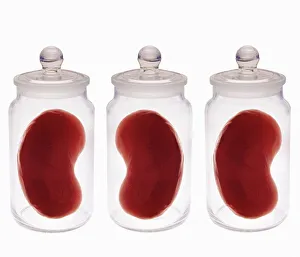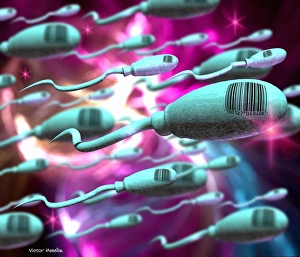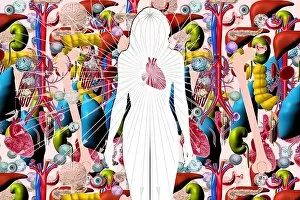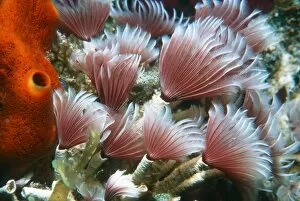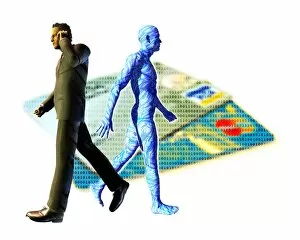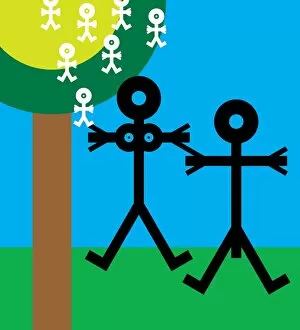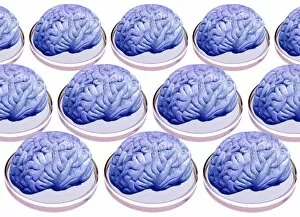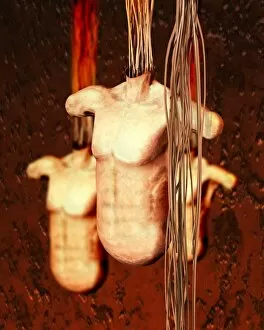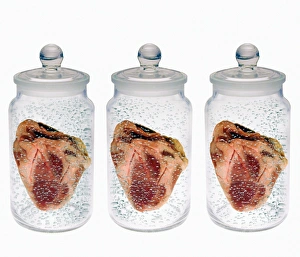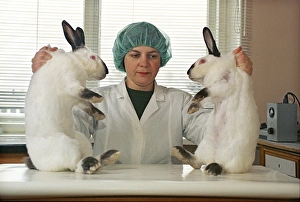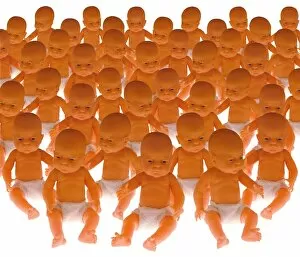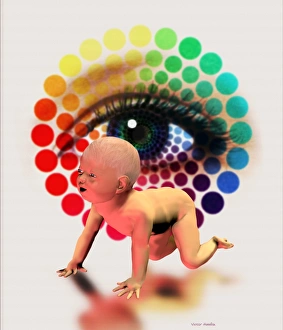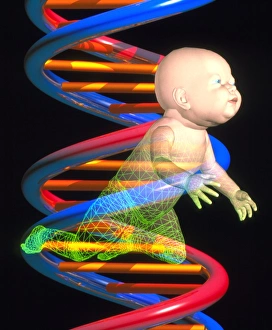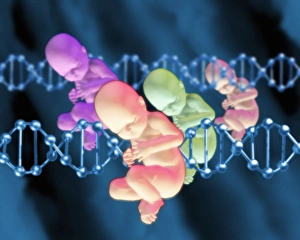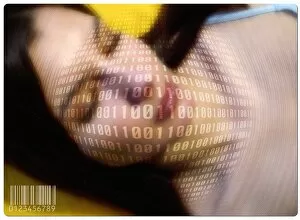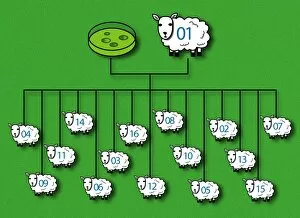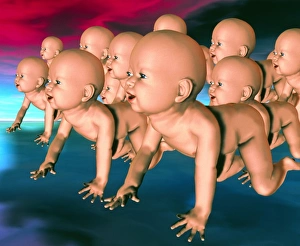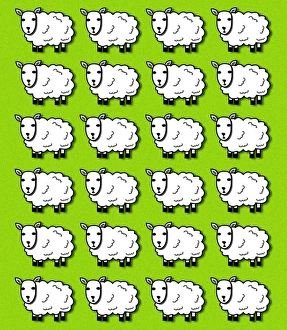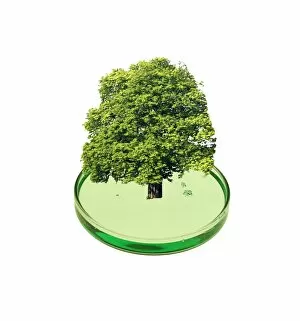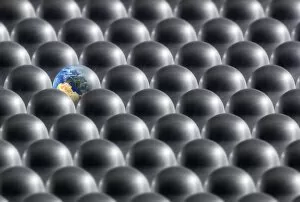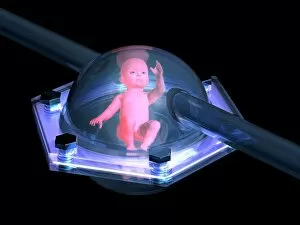Cloned Collection
"Cloned: Unlocking the Mysteries of Replication" In a world where spare kidneys and spare body parts are no longer just science fiction
All Professionally Made to Order for Quick Shipping
"Cloned: Unlocking the Mysteries of Replication" In a world where spare kidneys and spare body parts are no longer just science fiction, conceptual artwork C016 / 7528 takes us on a journey into the realm of cloning. This thought-provoking piece titled "Organ Bank" challenges our perception of medical advancements. As we delve deeper into this artistic exploration, another captivating artwork catches our attention - "Bacteriophages leaving host cell. " The intricate details in this piece highlight the fascinating process of replication within microscopic organisms. It reminds us that cloning is not limited to human beings but extends to all forms of life. However, not all aspects of cloning are as mesmerizing as these artworks suggest. Online identity theft becomes an alarming reality in conceptual artwork C013 / 4696. With every click and keystroke, we become vulnerable to malicious individuals who seek to steal our digital personas for their own gain. The concept continues with further pieces titled "Identity Theft, " shedding light on the growing concern surrounding personal information security. Conceptual artworks C013 / 4694 and C013 / 4693 serve as powerful reminders that protecting our identities has become more crucial than ever before. Amidst these technological perils lies a glimmering ray of hope - the social feather duster worm. This enchanting creature symbolizes resilience and adaptation in an ever-changing world where identity theft looms large. Returning to the core essence of humanity, we encounter conceptual artwork depicting parents and babies – reminding us that while scientific progress may offer spare body parts, nothing can replace the irreplaceable bond between parent and child. In this captivating visual narrative entitled "Cloned: Unlocking the Mysteries of Replication, " we witness both awe-inspiring possibilities and cautionary tales associated with cloning technology. As society grapples with ethical dilemmas surrounding organ banks, online security breaches, and stolen identities.

